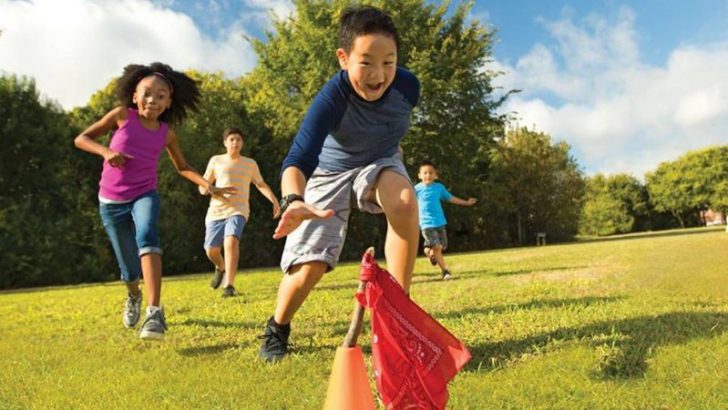Who would have thought that the hours spent playing childhood games were not just about fun but secretly preparing us for adulthood? Beyond the laughter and camaraderie, these games were subtly honing skills we would use throughout our lives. From strategic thinking to teamwork, here are nine childhood games that equipped us with valuable life skills.
1. Hide and Seek

Playing hide and seek was more than just a way to pass the time. It taught us the art of strategy and stealth. As we hid behind trees or under beds, we learned to anticipate the seeker’s moves, developing critical thinking skills.
Moreover, the game fostered patience and self-control as we remained silent in our hiding spots. This playful activity mimicked real-world scenarios where staying calm and composed under pressure is essential.
In essence, hide and seek was a foundation for strategic planning and adaptability, skills that are crucial in many facets of adult life.
2. Tag

Tag was a game of agility and quick decision-making. As we dashed around trying not to be ‘it’, we honed our reflexes and learned the value of swift action. It was a lesson in rapid assessment and adaptation to changing circumstances.
The exhilaration of being chased or closing in on a friend taught coordination and balance. These physical skills translate into adult abilities to navigate complex environments and situations.
Ultimately, tag wasn’t just about running—it was a practice in quick thinking and physical dexterity, vital in everyday adult challenges.
3. Simon Says
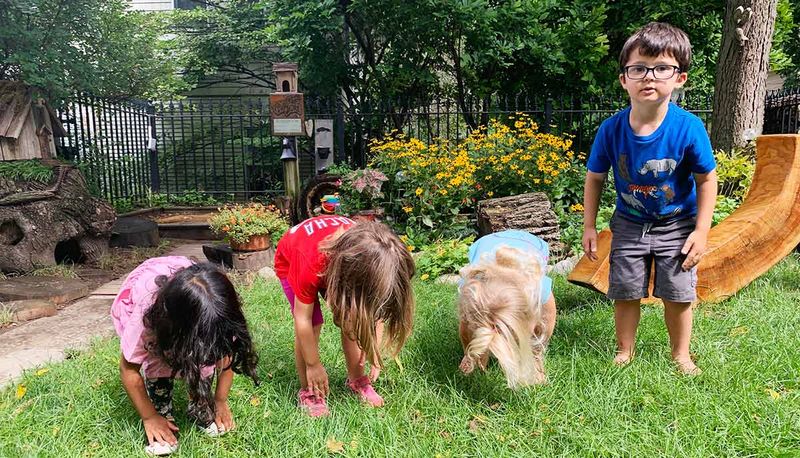
Simon Says was a masterclass in attention and obedience. Players had to listen closely and follow instructions precisely, mimicking real-world scenarios where focus is required.
The game taught the importance of attention to detail and the consequences of inattention. Missing a command or jumping ahead was a gentle lesson in patience and caution.
In adulthood, these skills translate into following complex instructions and maintaining focus amidst distractions. Simon Says was not just a game but a precursor to developing essential listening and execution skills.
4. Duck Duck Goose
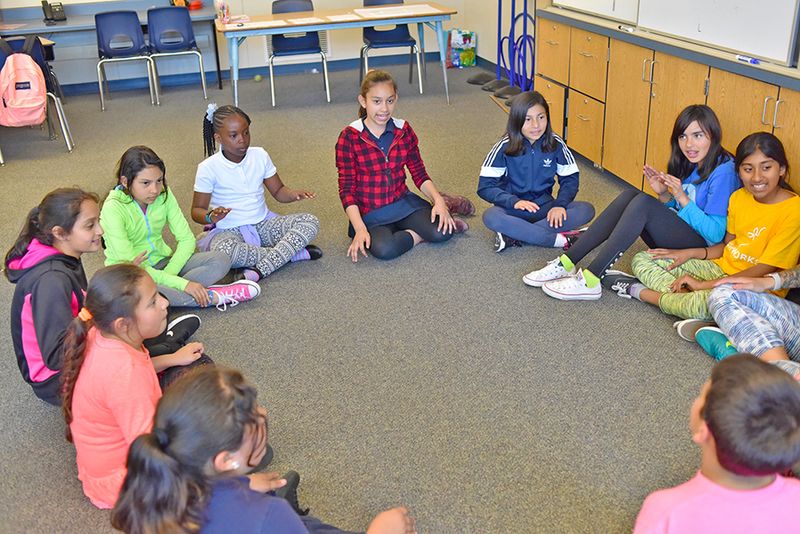
In Duck Duck Goose, anticipation and timing were everything. Sitting in a circle, we eagerly awaited our turn while learning to read others’ intentions.
This game encouraged us to stay alert and quickly react, mirroring adult situations requiring a keen sense of timing and awareness. The thrill of the chase around the circle honed our ability to assess situations rapidly.
Duck Duck Goose was more than just fun; it was training in attentiveness and agile thinking, preparing us for the fast-paced decision-making often needed in adult life.
5. Hopscotch
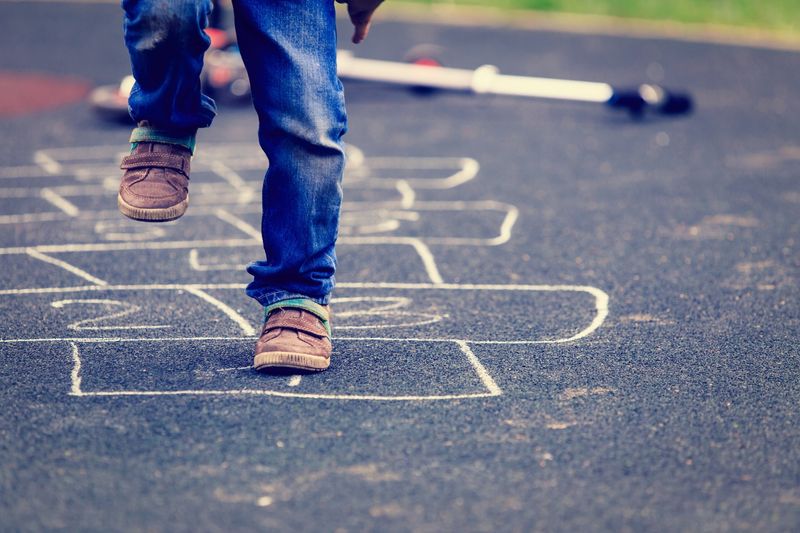
Hopscotch was a balancing act with a dose of mathematical thinking. Tossing a stone and hopping through numbered squares developed coordination and balance, while counting enhanced our mathematical skills.
The rhythm and precision required to navigate the course encouraged a mental and physical harmony. Each successful hop mirrored the ability to plan and execute with precision.
In essence, hopscotch was more than just a playground staple; it was a lesson in coordination and planning, building foundations for tasks requiring focus and balance in adulthood.
6. Red Rover
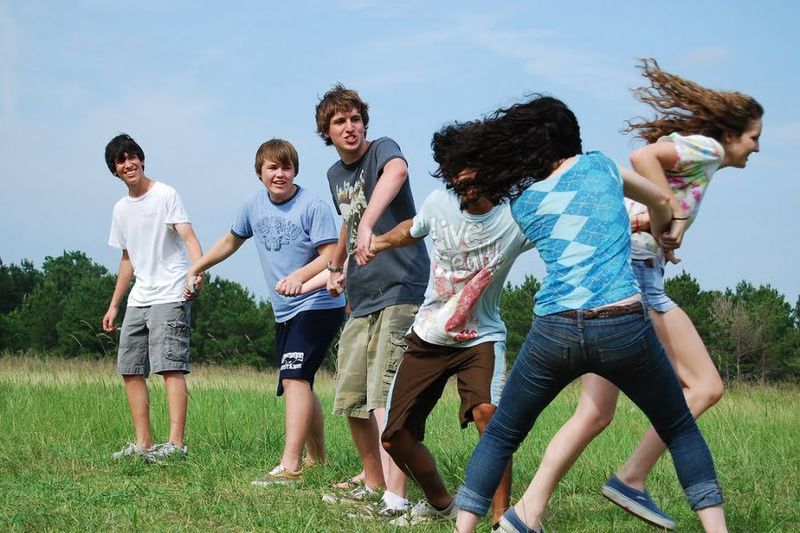
Red Rover was a testament to teamwork and determination. Standing in linked lines, players called out, challenging the opposing team to break through. The game fostered a sense of unity and collective strategy.
It taught us about strength in numbers and the power of collaboration. The thrill of joining hands and strategizing to stop the opposition was a precursor to effective team dynamics in adulthood.
Ultimately, Red Rover was about more than breaking chains. It was about understanding the importance of unity and teamwork, essential skills in many adult scenarios.
7. Jump Rope
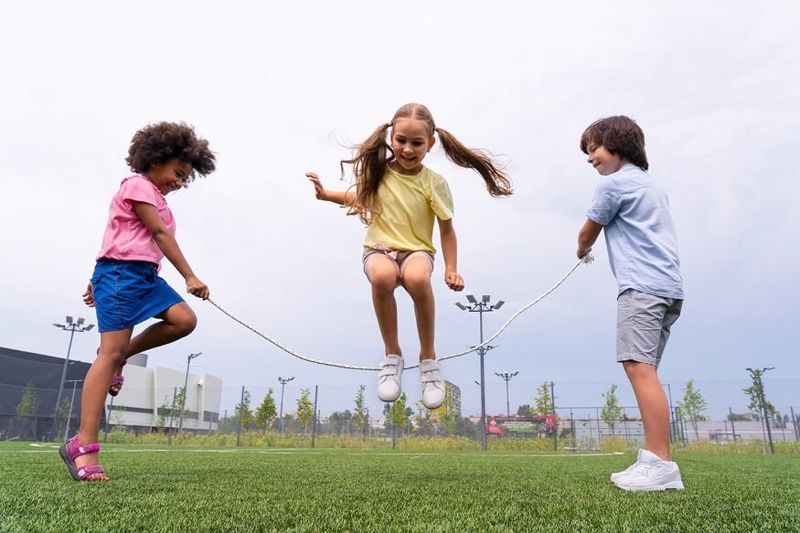
Jump rope was rhythm and precision wrapped in fun. Timing each leap with the swing of the rope nurtured coordination and attention to detail.
The repetitive motion and need for synchronization enhanced both physical and mental agility. As children, this seemed like mere play, yet it subtly prepared us for tasks requiring rhythm and focus.
Beyond the playground, the agility and concentration fostered by jump rope found parallels in adult life, where maintaining a steady pace and rhythm is vital in many arenas.
8. Capture the Flag

Capture the Flag was pure strategy and cunning. Divided into teams, players devised plans to infiltrate opposing territories and capture the flag.
This game instilled strategic planning, risk assessment, and teamwork. The thrill of sneaking past adversaries honed problem-solving skills and encouraged creative thinking.
In adulthood, these aptitudes translate into effective project management and strategic decision-making. Capture the Flag was more than just a game; it was training for complex problem-solving and planning under pressure.
9. Four Square
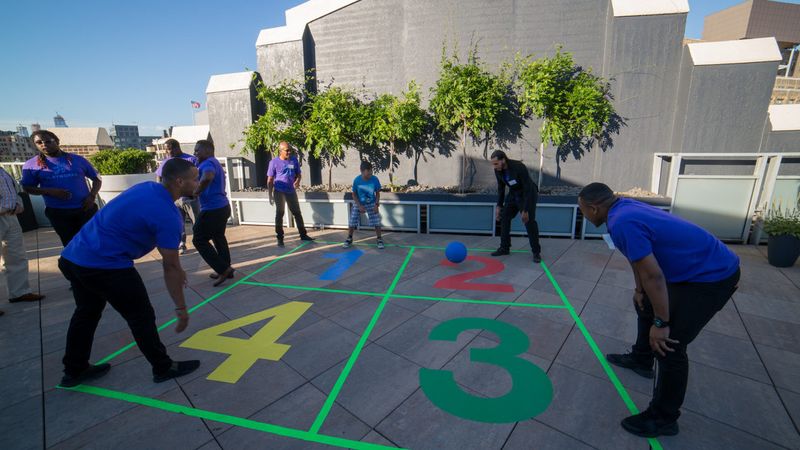
Four Square was a blend of coordination and strategy, played with a bouncing ball in a marked area divided into four squares. Each player aimed to bounce the ball in another’s square without faulting.
The game taught quick thinking and adaptability, as players reacted to unpredictable ball movements. It fostered competitive spirit balanced with sportsmanship.
In adult life, these skills reflect in managing competition and adapting to change. Four Square prepared us for a world where strategy and adaptability are keys to success.

